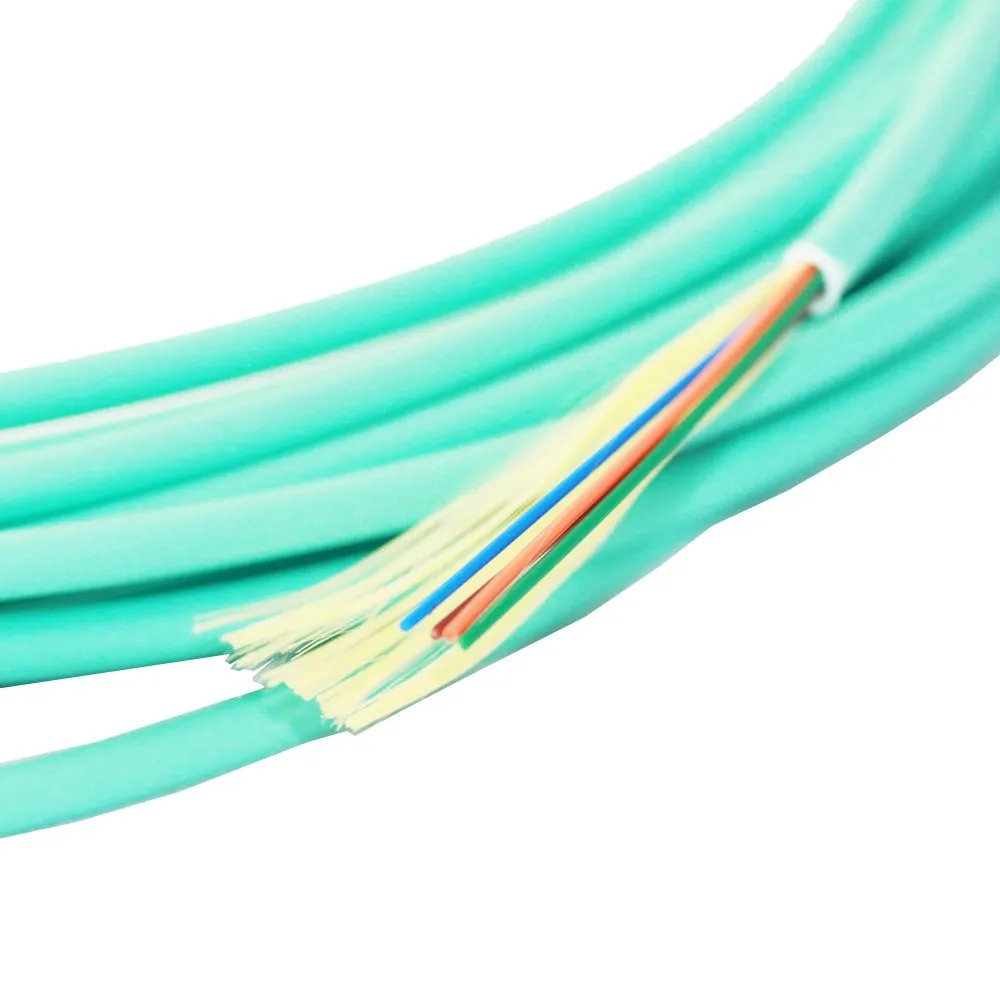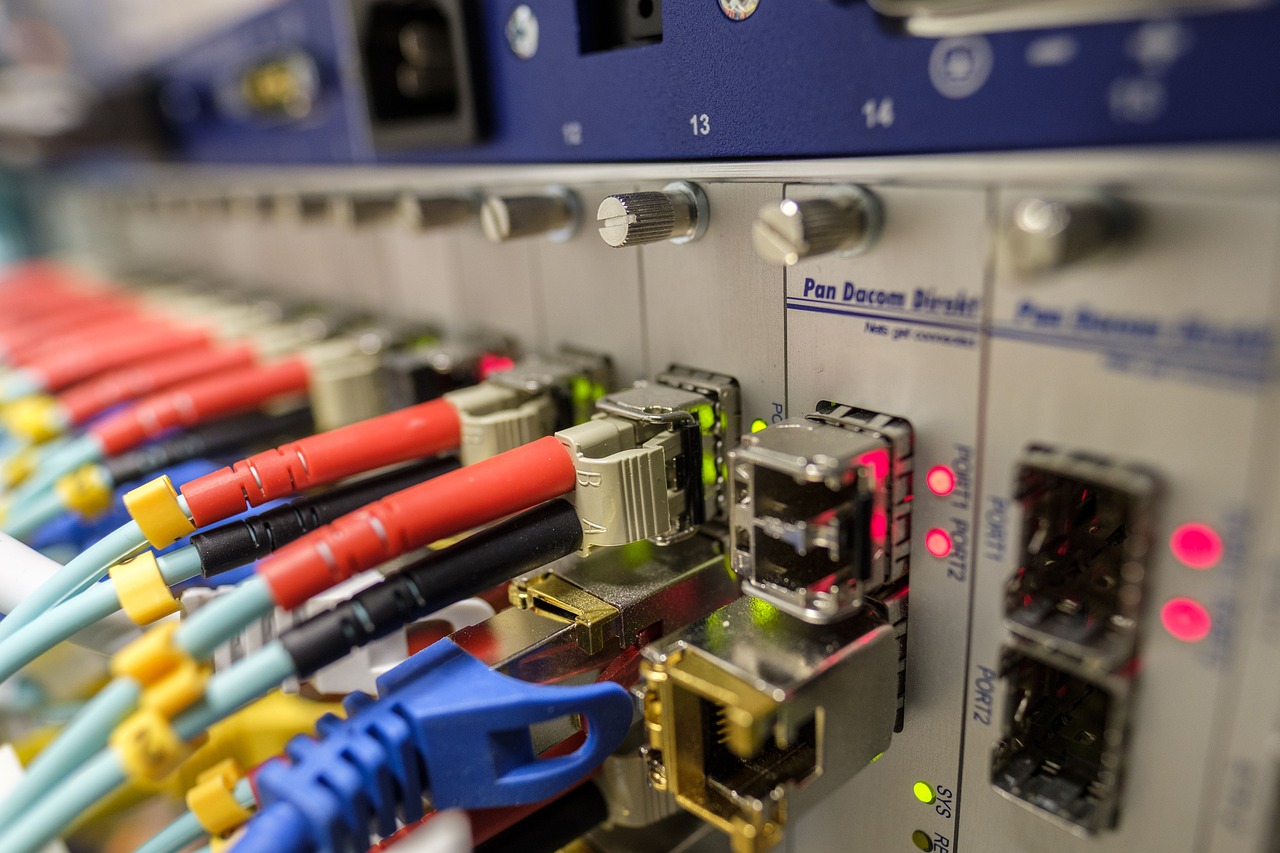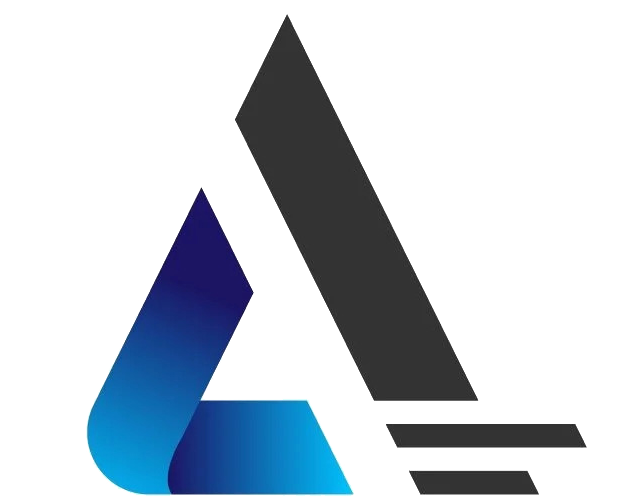24 Fiber OM4 250um LSZH Indoor Fiber Optic Cable for Co-location Facilities

In the ever-evolving landscape of data management, Fiber Optic cables play a pivotal role. These advanced cables facilitate high-speed data transmission and ensure reliability in modern Data Centers. The demand for efficient connectivity continues to soar, making the use of Fiber Optic cables indispensable. The need for seamless communication and swift access to information underscores the significance of these cutting-edge cables.
Moreover, there has been a notable shift towards co-location facilities in recent years. This transition has revolutionized the way data is managed, with co-location facilities offering enhanced scalability and flexibility. As a result, the adoption of Loose Tube fiber optic cables has become increasingly prevalent within these facilities, transforming the dynamics of data storage and management.
Superior Safety Features of LSZH
When it comes to ensuring the safety and reliability of data centers, the choice of cables plays a crucial role. This is where LSZH (Low Smoke Zero Halogen) cables come into the spotlight. But what exactly does LSZH mean, and why is safety so critical in data centers?
What Does LSZH Mean?
In the realm of cable technology, LSZH refers to Low Smoke Zero Halogen. This designation indicates that the cable jacket material is composed of special compounds that emit minimal smoke and no toxic halogen compounds when exposed to high heat or fire. Essentially, these cables are designed to minimize the release of harmful substances in the event of a fire, making them an ideal choice for environments where safety is paramount.
Breaking Down Low Smoke Zero Halogen
Low Smoke: The cable emits minimal smoke when subjected to extreme heat or fire.
Zero Halogen: These cables do not contain halogen elements that can produce corrosive and toxic gases when burned.
Why Safety is Critical in Data Centers
The significance of safety in data centers cannot be overstated. Beyond protecting valuable equipment and infrastructure, ensuring the well-being of personnel working within these facilities is a top priority. In the event of a fire, traditional PVC cables can release dense smoke and toxic fumes, posing serious health risks and potentially damaging sensitive equipment. LSZH cables mitigate these risks by minimizing smoke emissions and eliminating toxic halogen compounds, providing a safer environment for both equipment and personnel.
Protecting Equipment and People
Minimizing Damage: LSZH cables help reduce potential damage to expensive networking equipment during a fire.
Ensuring Personnel Safety: By limiting the release of harmful substances, LSZH cables contribute to a safer working environment for data center staff.
Meeting Data Center Standards with Plenum-Rated Cables
The Importance of Plenum Ratings
Understanding building codes and safety standards is crucial when it comes to the infrastructure of data centers. In particular, the designation of Plenum ratings holds significant importance in ensuring compliance with these regulations. Plenum-rated cables are specifically designed to meet the stringent requirements for installation in plenum spaces within buildings. These spaces, such as the open areas above dropped ceilings or below raised floors, are integral to the circulation of air for heating, ventilation, and air conditioning systems. As a result, any cabling installed in these environments must adhere to strict fire safety and smoke emission standards to prevent the spread of fire and harmful fumes throughout the building.
How 24 Fiber OM4 Cables Fit In
Compliance with plenum ratings is a fundamental aspect of maintaining a safe and efficient data center environment. When considering the integration of cabling solutions, such as 24 Fiber OM4 cables, into data center infrastructure, adherence to plenum standards is paramount. These high-performance cables not only meet but exceed the requirements for plenum-rated installations. Their design incorporates materials that limit smoke emissions and prevent the propagation of fire, aligning perfectly with the demands of plenum spaces.
Compliance and Beyond
The utilization of Plenum-rated cables goes beyond mere regulatory compliance; it reflects a commitment to creating a secure and resilient data center ecosystem. By choosing Plenum-rated solutions like 24 Fiber OM4 cables, data center operators demonstrate their dedication to upholding the highest safety standards while also optimizing performance and reliability.
Why Choose 24 Fiber OM4 Cables for Your Facility?
As you consider the best cabling solution for your Data Center, the advantages of 24 Fiber OM4 cables stand out as a compelling choice. Let's summarize the key benefits that make these cables an optimal selection for your facility.
Summarizing the Advantages
Enhanced Performance: The 24 Fiber OM4 cables offer exceptional bandwidth and speed, catering to the high demands of modern Data Centers.
Scalability: With 24 fibers in a single cable, these solutions provide ample room for future expansion and evolving connectivity needs.
Reliability: The robust design and quality construction of 24 Fiber OM4 cables ensure consistent and dependable performance, vital for sustaining uninterrupted data transmission.
A Recap of Key Points
In making the right choice for your Data Center, several considerations come into play. It's essential to evaluate factors such as scalability, performance, and long-term reliability when selecting cabling solutions. By opting for 24 Fiber OM4 cables, you are not only meeting these criteria but also future-proofing your infrastructure to accommodate the evolving demands of data management.
Making the Right Choice for Your Data Center
When it comes to ensuring seamless operations within your Data Center, every decision matters. As you weigh your options for cabling solutions, it's crucial to prioritize performance, scalability, and reliability. The adoption of 24 Fiber OM4 cables aligns with these priorities, offering a comprehensive solution that caters to both current requirements and future growth.
Considerations and Final Thoughts
In conclusion, the selection of cabling solutions is a pivotal aspect of maintaining an efficient and adaptable Data Center environment. By choosing 24 Fiber OM4 cables, you are not only investing in superior performance but also laying a robust foundation for sustained growth and reliability within your facility.
See Also
The Benefits of Optical Cable in FTTR for Visible Fiber to the Room Configuration


